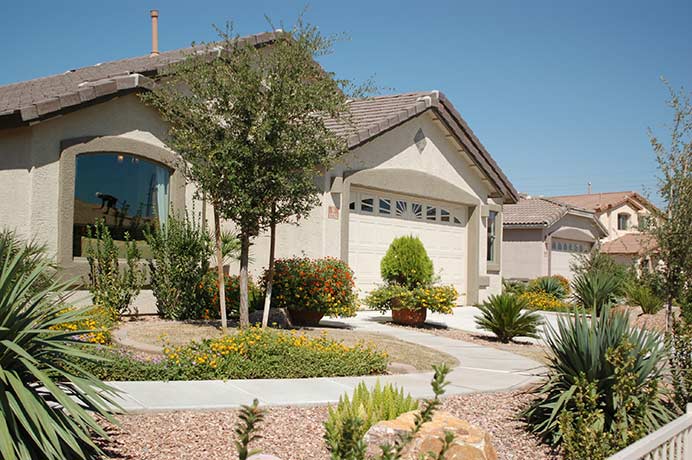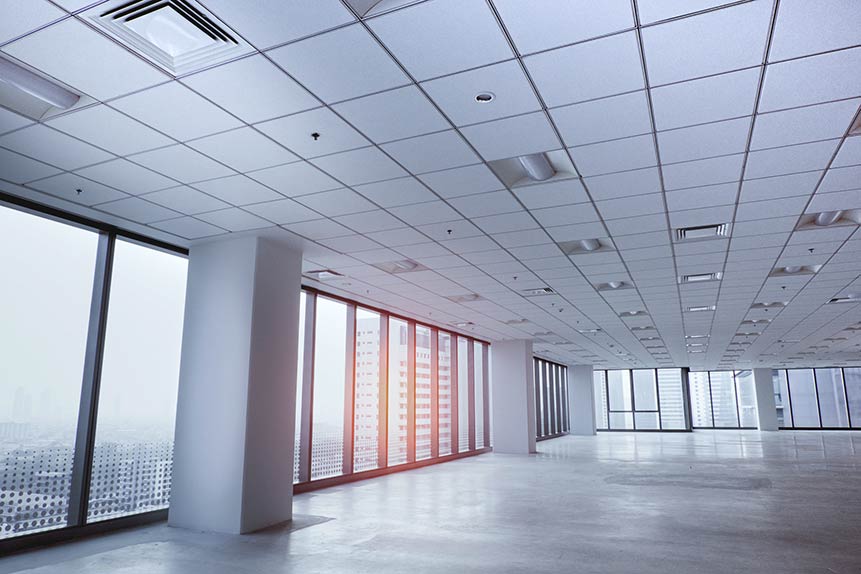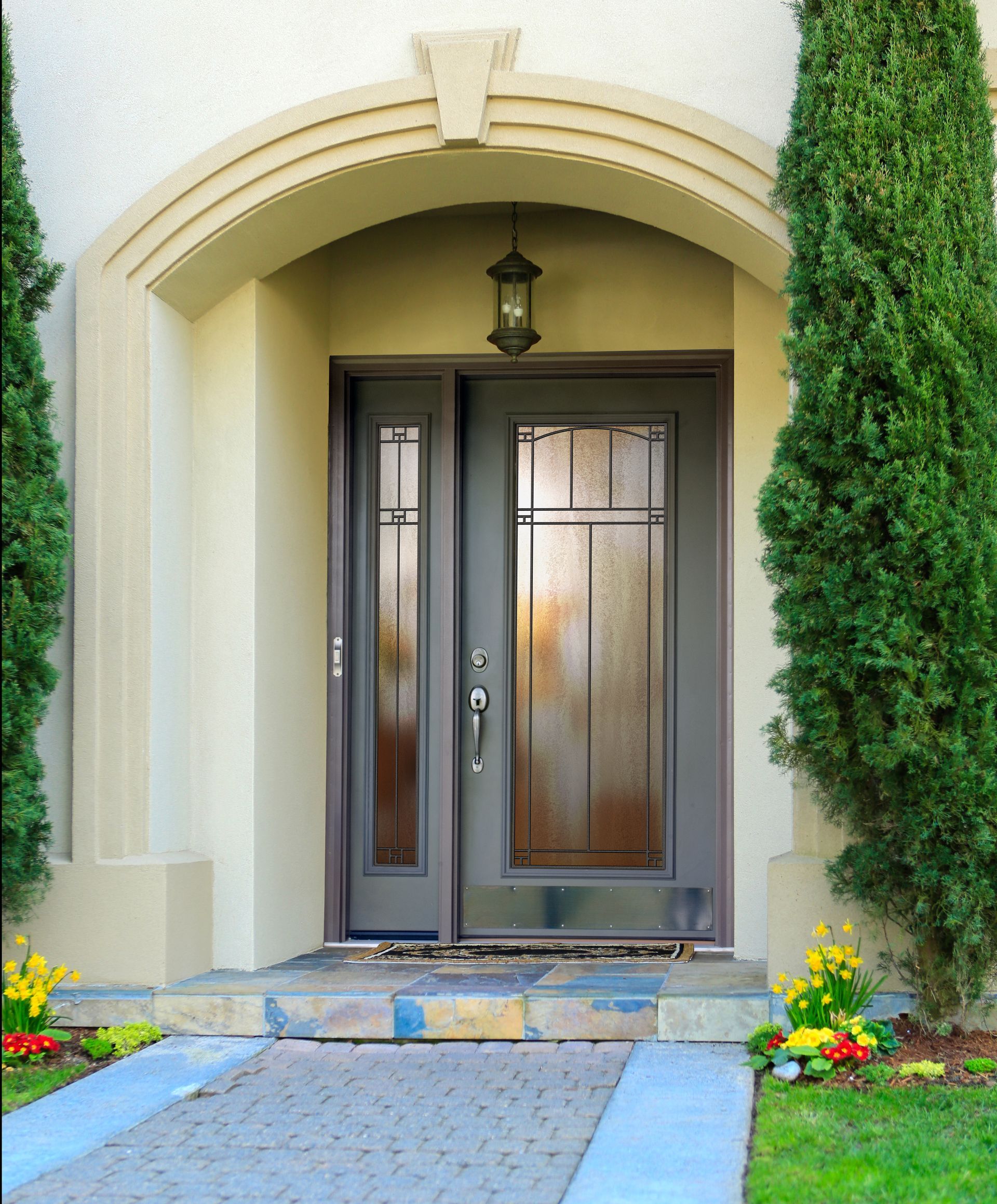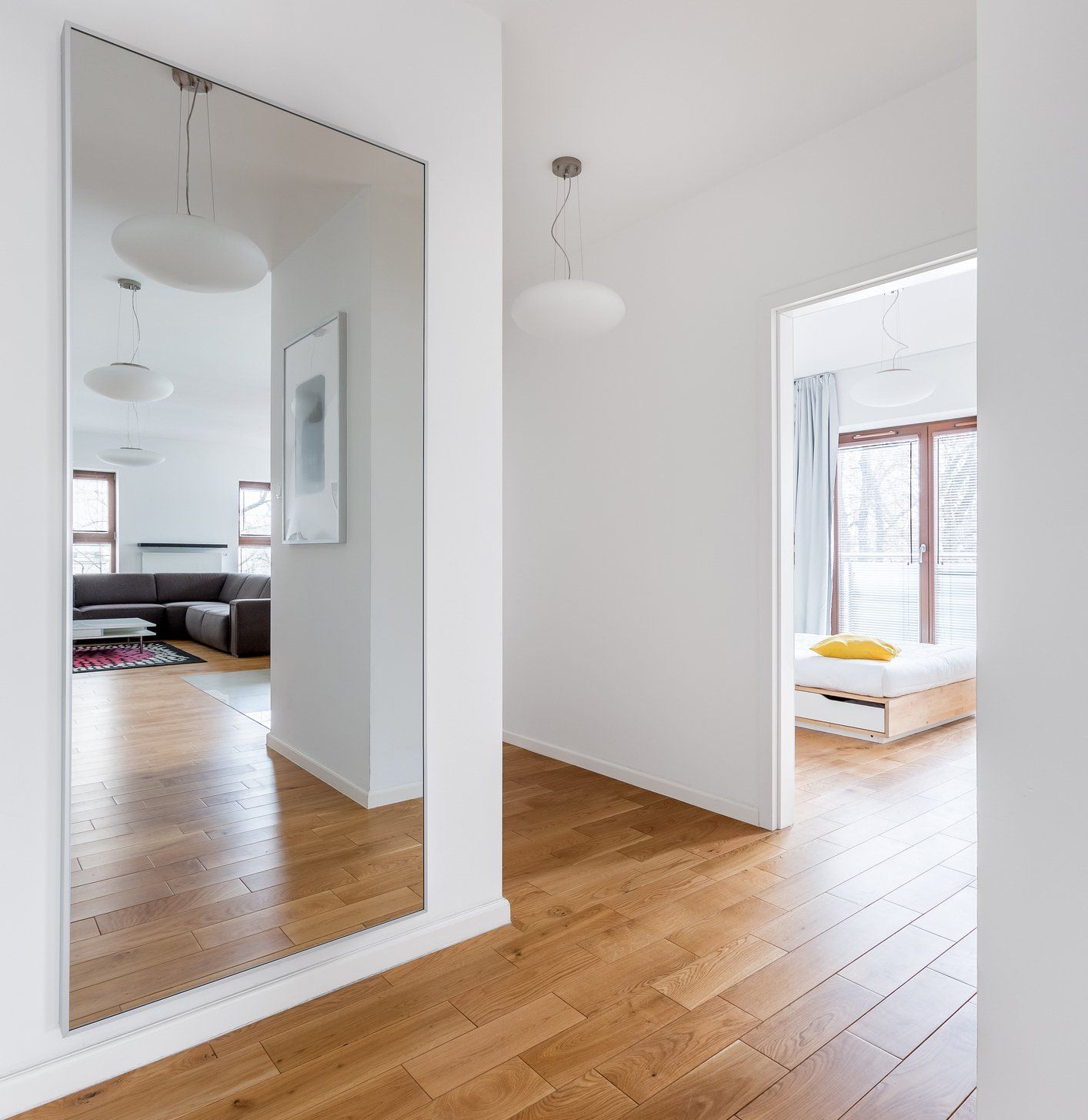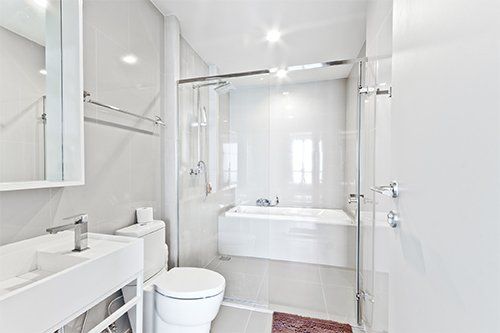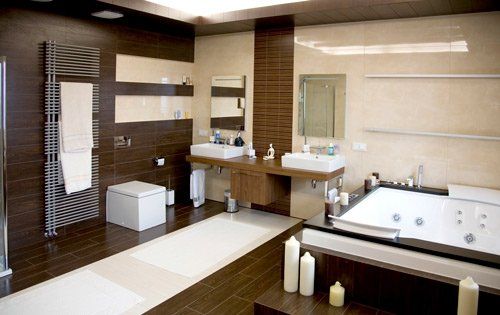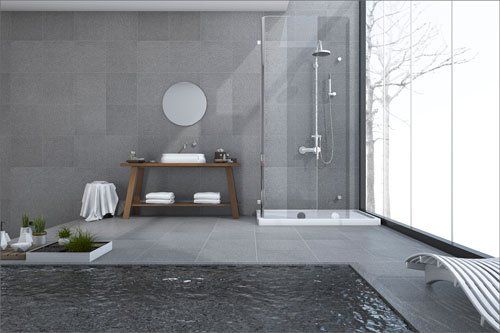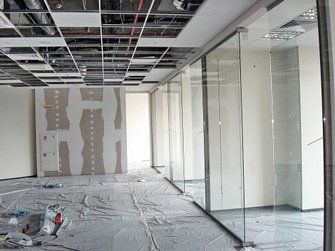Using natural lighting to its fullest potential in your home can have positive effects on your health, happiness and finances.
Studies show that exposure to natural light benefited sleep quality, increased the amount of physical activity and improved the quality of life of the study's participants. The benefits of natural light during the day include improved alertness, mood and metabolism.
Natural lighting can also help decrease your electricity bill. An experiment run by the
Energy Center of Wisconsin found that using natural lighting with energy-efficient windows saved 22 percent in lighting, cooling, heating costs.
The suggestions below can help you optimize the natural lighting in your home, so you can fully experience the health benefits and financial savings that natural lighting has to offer.
Many homes do not make the most of their natural lighting. You can increase the amount of natural lighting in the darker rooms of your home by using the following ideas.
Windows and Skylights
Windows and skylights are the portals between your home's interior and the natural light available outside. Make sure that the light coming from your windows isn't blocked by anything. Try to make sure that you can see your entire window from any vantage point in your room.
Use light-colored and light-weight fabric for your curtains. Avoid materials that will absorb natural light and steer towards those that will allow as much light into the room as possible.
Furniture
Heavy, bulky furniture can block light from penetrating as far as possible into a room. Using furniture that features glass surfaces and minimizes solid, opaque features will allow light to pass through instead of being absorbed or blocked.
Mirrors
Decorating with mirrors and other reflective surfaces will reflect light back into the room. Strategically placed mirrors can even reflect light into shadowed areas that aren't being directly illuminated by light from the room’s windows.
Glass Doors
Using glass in exterior doors will allow even more light into your home. But don't forget that glass interior doors allow light to penetrate even further into your home. That way, natural light can reach hallways, stairways and into rooms that have no windows. Frosted or tinted glass can be used to ensure privacy where you need it while still allowing a healthy amount of light to flow in.
Not all rooms need more natural light. Some rooms receive excessive sunlight, resulting in high temperatures and uncomfortable sun glare. If you have a room like this, the following resources can help you reduce the glare and heat in a light-saturated room to a comfortable level.
Low-E Windows
Low-e windows are made of low emissivity glass, which is coated with very thin layers of metallic oxides. These thin layers reflect short-wave infrared energy. Low-e windows are used to reflect heat away from your home during the hot summer months, helping you keep your home cool and decreasing your AC costs.
Tinted Glass
Tinted glass windows can reduce sun glare without ruining your view — it's like looking through a pair of sunglasses. Tinted glass can also be used for heat control and privacy in your home.
Curtains and Shades
Opaque curtains or shades can block out a lot of sunlight. But if you don't want to completely block out the light, go with a semi-opaque or sheer material that will allow some light to come in through the curtains or shades.
Inviting natural light into your home can go a long way towards promoting your health and supporting your budget. Contact the glass experts at Kenny Glass Inc. for a consultation on how we can help you customize your home with glass windows, doors and mirrors.
